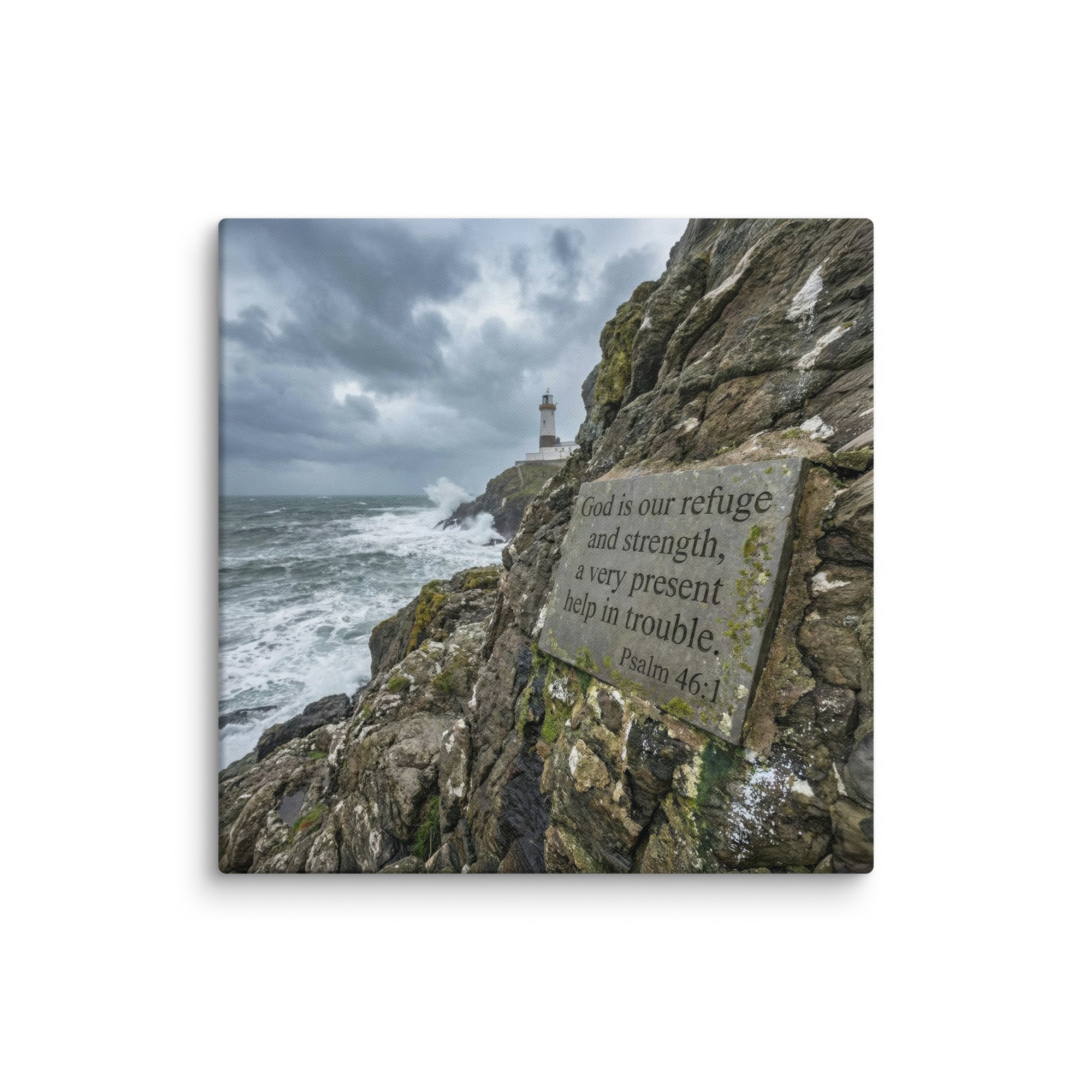The Book of Luke is one of the four Gospels in the New Testament and gives a detailed account of the life, ministry, death, and resurrection of Jesus Christ. Written by Luke, a physician and companion of the Apostle Paul, this Gospel emphasizes Jesus’ compassion, His interactions with the marginalized, and His mission to bring salvation to all people. Below are ten interesting facts about the Book of Luke, with Scripture references included.
1. Luke Was a Physician
Luke was not one of the twelve disciples but was a doctor by trade and a close companion of Paul. His background as a physician influenced the detail and accuracy found in his writing.
Luke, the beloved physician, and Demas, greet you. (Colossians 4:14)
2. The Longest Gospel
The Gospel of Luke is the longest of the four Gospels with 24 chapters, making up about one-quarter of the New Testament. It covers more events and parables than Matthew, Mark, or John.
3. Addressed to Theophilus
Luke begins his Gospel by addressing it to Theophilus, likely a Greek official or a patron who supported his work.
It seemed good to me also, having had perfect understanding of all things from the very first, to write unto thee in order, most excellent Theophilus, that thou mightest know the certainty of those things, wherein thou hast been instructed. (Luke 1:3-4)
4. Written with a Historical Purpose
Luke’s Gospel is unique because it sets out to provide a detailed and orderly account, almost like a historical record. He carefully investigated and gathered eyewitness testimonies.
Forasmuch as many have taken in hand to set forth in order a declaration of those things which are most surely believed among us, even as they delivered them unto us, which from the beginning were eyewitnesses, and ministers of the word. (Luke 1:1-2)
5. Emphasis on the Poor and Outcasts
Luke highlights Jesus’ compassion for the poor, women, Samaritans, and Gentiles—groups often overlooked in society. For example, the parable of the Good Samaritan is found only in Luke.
But a certain Samaritan, as he journeyed, came where he was: and when he saw him, he had compassion on him. (Luke 10:33)
6. Includes the Songs of Praise
Luke records several songs or hymns of praise that are not found in other Gospels, such as Mary’s Magnificat (Luke 1:46-55), Zechariah’s prophecy (Luke 1:67-79), and Simeon’s song (Luke 2:29-32). These songs give insight into the joy and hope surrounding the coming of Christ.
7. Focus on Prayer
Luke mentions prayer more than any other Gospel. Jesus is shown praying before important events, such as His baptism, the choosing of the twelve apostles, and His arrest in Gethsemane.
And he withdrew himself into the wilderness, and prayed. (Luke 5:16)
8. Contains the Parable of the Prodigal Son
One of the most famous parables, the story of the Prodigal Son, is unique to Luke’s Gospel. It demonstrates God’s love, forgiveness, and grace.
But when he was yet a great way off, his father saw him, and had compassion, and ran, and fell on his neck, and kissed him. (Luke 15:20)
9. Records the Ascension of Jesus
Luke is the only Gospel writer to give a detailed account of Jesus’ ascension into heaven, which he also expands upon in the Book of Acts.
And it came to pass, while he blessed them, he was parted from them, and carried up into heaven. (Luke 24:51)
10. Luke Also Wrote Acts
The Book of Acts is considered a sequel to the Gospel of Luke. Together, they make up more than one-fourth of the New Testament and tell the story of Jesus’ ministry and the early church.
The former treatise have I made, O Theophilus, of all that Jesus began both to do and teach. (Acts 1:1)
























